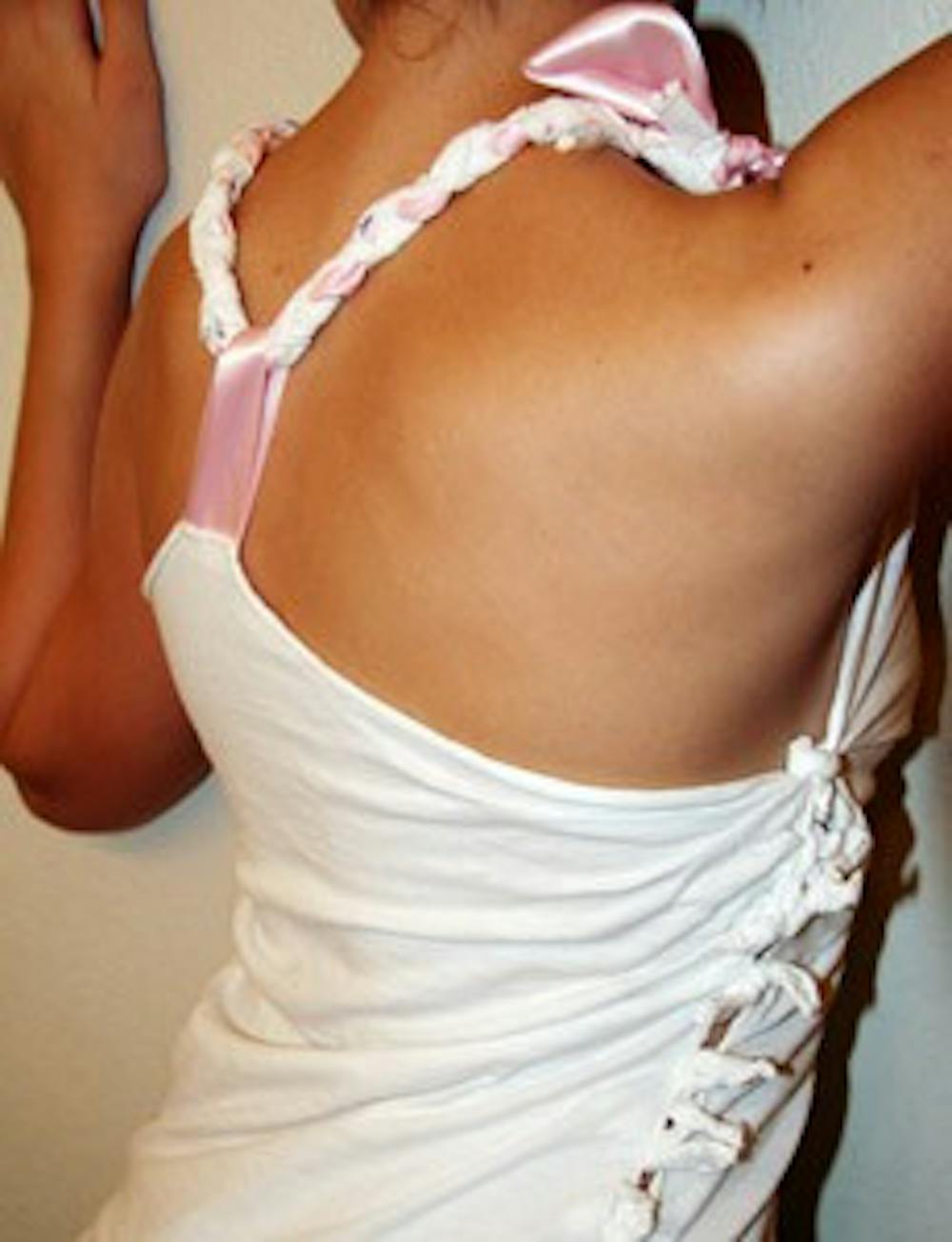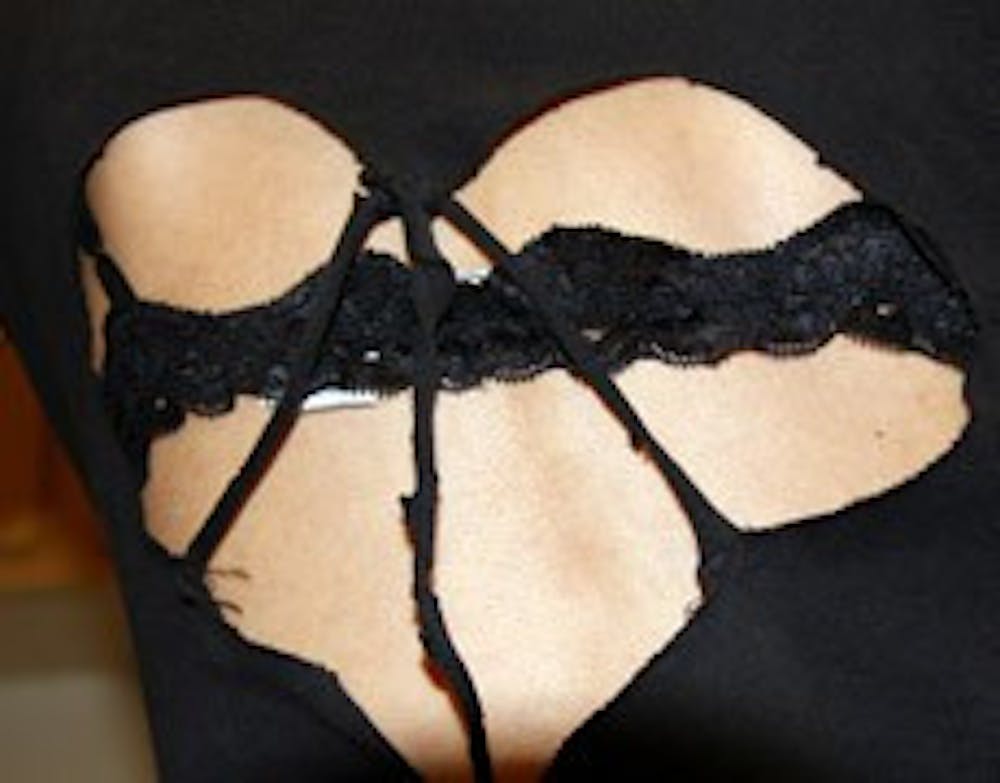Finally, it's cool to be different.
In order to have a unique style, young adults are finding clothes at places other than Abercrombie and Fitch.
Some rummage through parents' closets. Some visit thrift stores. And some, like business freshman Ashley Reckers, make their own clothes.
Reckers says she started sewing her own clothes at age 15 because she wanted "unique pieces that have extra flare."
For Reckers, these unique pieces can range from shirts to skirts to purses.
"I like to take the shapes of current garments that I know fit me and then create an altered version," she says.
She adds that her first projects included gifts for friends.
"Instead of spending a lot of money, I take $20 worth of fabric and make a skirt that is personalized and means more than a DVD," she says.
Logan Short, a 2006 industrial design graduate says sewing not only relieves stress, but is also a great way to spend time with friends.
"There's nothing more enjoyable than taking a Saturday to go to a fabric store with a friend, and then sew a dress just for them," he says.
For beginers, Short recommends buying a cheap sewing machine, stocking up on some cool fabric and going at it.
Reckers recommends a pair of pajama pants as a simple first project. Because they are so loose, Reckers says the shape "gives room to learn how to fit a human body."
Another good starting point is clothing reconstruction.
This concept involves taking a garment like a T-shirt and tweaking it so it becomes a whole new piece. This can be easier and less complex than sewing from a pattern.
"It helps you understand how clothes are made in the first place," says art sophomore Iris McCune.
Undeclared sophomore Kaelynn Sporka began reconstructing clothes when she decided one of her band T-shirts would look better as a halter top.
"It can be as simple as taking a pair of scissors to a shirt and/or pinning it so it looks different, or it can be taking tons of T-shirts and sewing for hours into a skirt," she says.
Because original clothes are currently en vogue, there are plenty of resources to help you start.
The Web site Craftster.org provides a vast amount of tips for those interested in reconstructive fashion.
The book "Generation T: 108 Ways to Transform a T-Shirt" by Megan Nicolay is a "breezy, trendy call of encouragement to a young crop of do-it-yourselfers," according to a Publisher's Weekly review.
Clothing reconstruction allows the crafter to make a completely new shirt, skirt, purse or anything else they can think of with familiar materials for virtually nothing.
Sporka, who "wanted to have something no one else did," found reconstructing her clothes a cheap alternative to purchasing something truly unique.
"Some people will spend exorbitant amounts of money to have something no one else has, whereas I can make anything I want without spending more than a few dollars, and I made it myself," she says.
Reach the reporter at: celese.sepessy@asu.edu.





